In your wildest dreams
Ensor beyond impressionism
Date:
The Ensor Year 2024 would be incomplete without an exhibition at the KMSKA. In Your Wildest Dreams. Ensor Beyond Impressionism will provide you with a comprehensive view of James Ensor as a groundbreaking artist. You will discover Ensor's own masterpieces from around the world alongside those of the international artists whom he sought to vie with. Because more than anything, Ensor always wants to be best. Even if his competitors are Edouard Manet or Edvard Munch.
Ensor's imaginative mind whisks you through his wonderful universe of fierce visions, carnival and ‘zwanze’ (jesting). Walking in Ensor's footsteps, you will track how he unleashes his creativity to become a rebellious gamechanger. One who himself determines the rules of art. In doing so, he resolutely departs from the classical European ideal conception of beauty, and from Impressionism, which initially fascinated him so much. Only to eventually influence others, such as Emil Nolde, with his chimerical images or expressive choice of colour. In Your Wildest Dreams presents this artistic evolution by way of the major landmarks that defined Ensor's career. Neck and neck with Claude Monet and Auguste Renoir for the first time, from whom he copied the lighting effects, even if he judged the content of their work too innocuous.
Ensor does not limit himself to painting. He also unleashes his passion for experimentation on detailed drawings and powerful etchings. Or he creates the ambitious The Temptation of Saint Anthony, a gigantic collage of 51 sheets of paper populated with a hallucinatory mix of social criticism, science and technology. An absolute artistic manifesto, brought over from Chicago.

Skeletons Warming Themselves - James Ensor, Kimbell Art Museum, Fort Worth, Texas

Zelfportret met bloemenhoed - James Ensor, Mu.ZEE
Ensor's imaginative mind whisks you through his wonderful universe of fierce visions, carnival and ‘zwanze’ (jesting). Walking in Ensor's footsteps, you will track how he unleashes his creativity to become a rebellious gamechanger. One who himself determines the rules of art. In doing so, he resolutely departs from the classical European ideal conception of beauty, and from Impressionism, which initially fascinated him so much. Only to eventually influence others, such as Emil Nolde, with his chimerical images or expressive choice of colour. In Your Wildest Dreams presents this artistic evolution by way of the major landmarks that defined Ensor's career. Neck and neck with Claude Monet and Auguste Renoir for the first time, from whom he copied the lighting effects, even if he judged the content of their work too innocuous.
Ensor does not limit himself to painting. He also unleashes his passion for experimentation on detailed drawings and powerful etchings. Or he creates the ambitious The Temptation of Saint Anthony, a gigantic collage of 51 sheets of paper populated with a hallucinatory mix of social criticism, science and technology. An absolute artistic manifesto, brought over from Chicago.
Herbeleef de expo
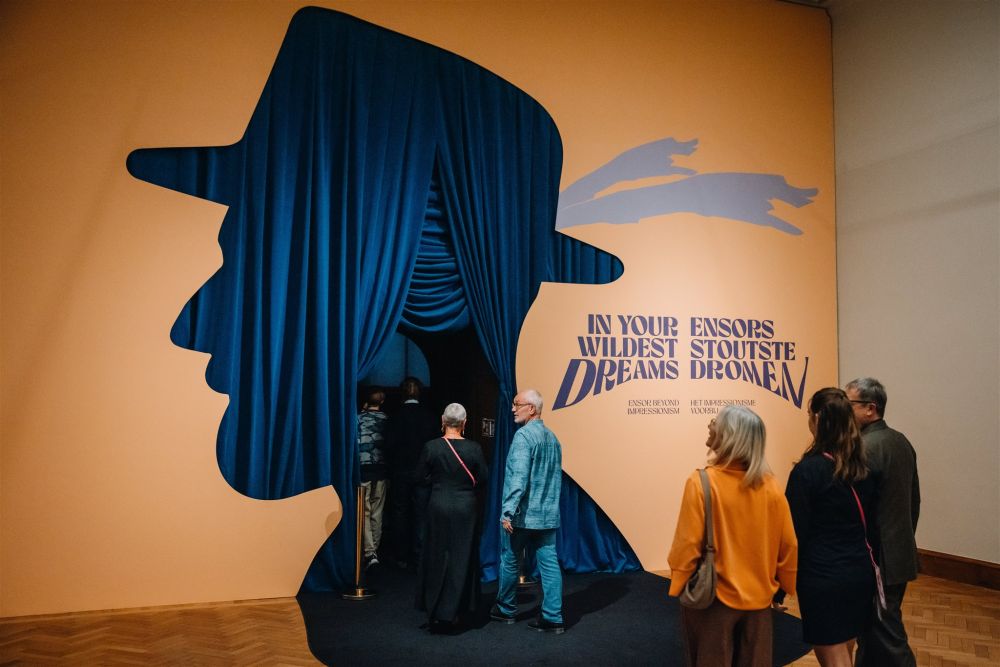
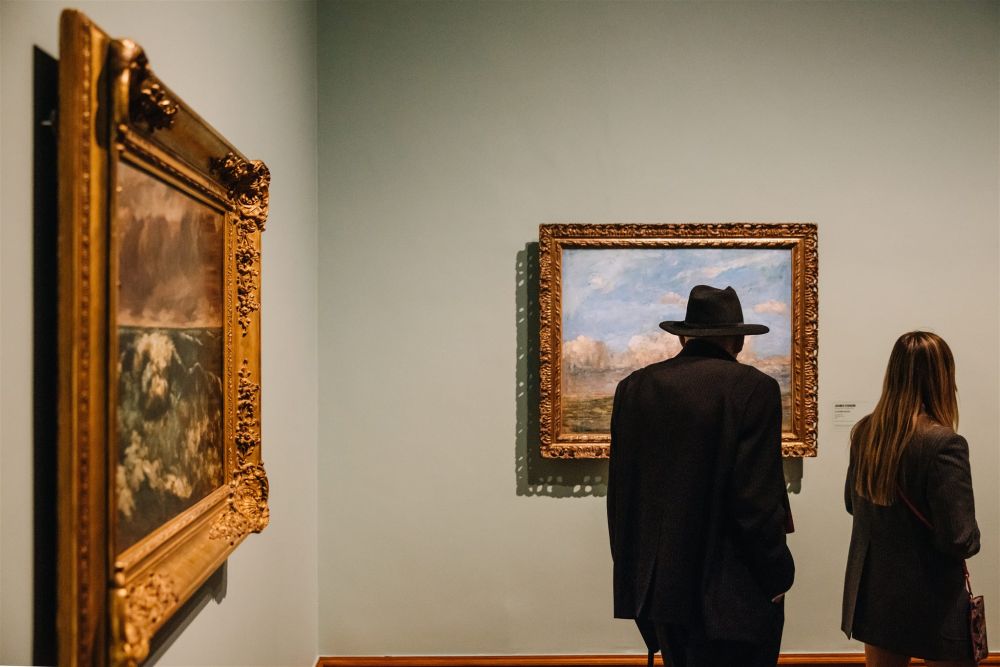
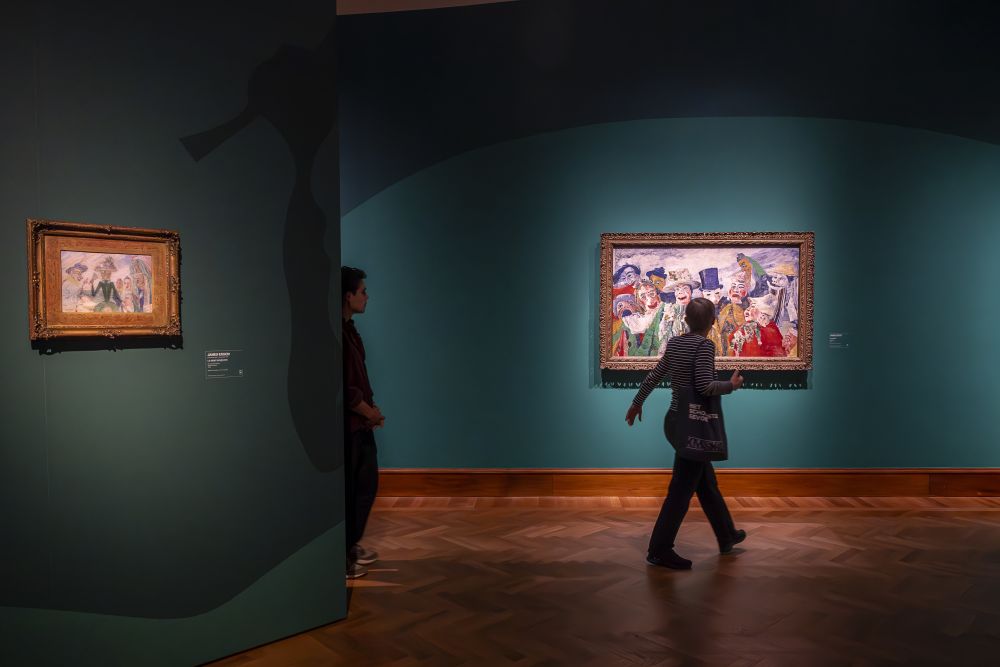
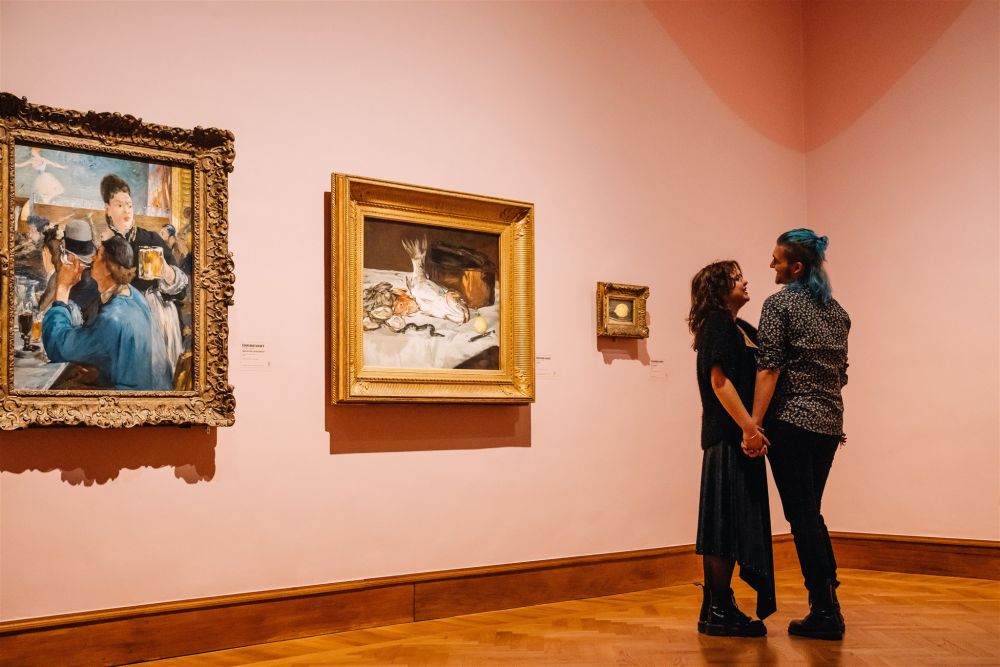
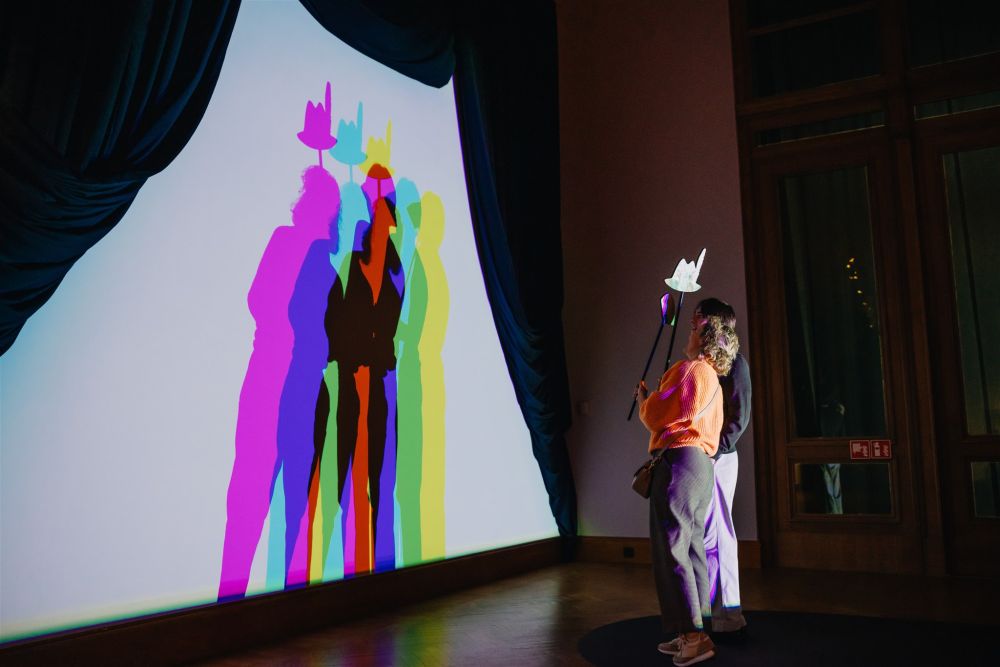
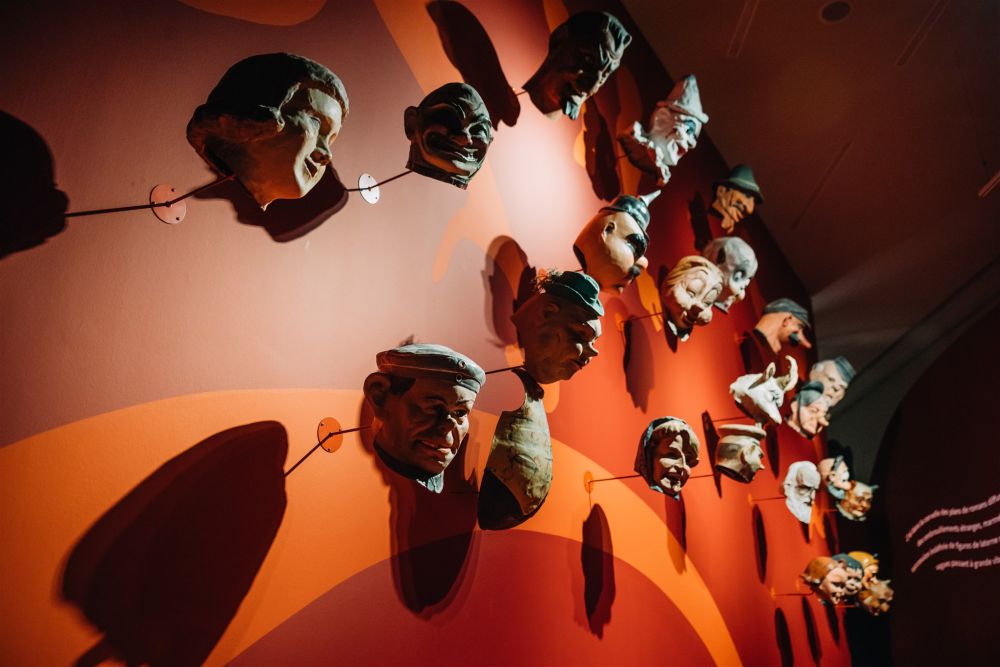
The Ensor Year
The exhibition is part of the Ensor Year. From September 2024, several Antwerp museums will highlight the artist's oeuvre with a series of ambitious exhibitions. The focus will be on Ensor's enduring relevance through cross-pollination with contemporary art, fashion and photography. With the largest Ensor collection in the world, this avant-garde artist lives on in the KMSKA.



